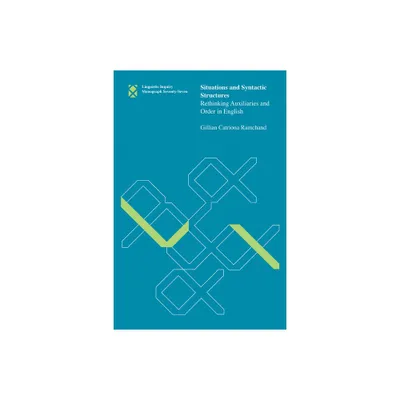Home
Mapping the Left Periphery: The Cartography of Syntactic Structures, Volume 5
Loading Inventory...
Barnes and Noble
Mapping the Left Periphery: The Cartography of Syntactic Structures, Volume 5
Current price: $53.00


Barnes and Noble
Mapping the Left Periphery: The Cartography of Syntactic Structures, Volume 5
Current price: $53.00
Loading Inventory...
Size: OS
*Product Information may vary - to confirm product availability, pricing, and additional information please contact Barnes and Noble
Mapping the Left Periphery
, the fifth volume in "The Cartography of Syntactic Structures," is entirely devoted to the functional articulation of the so-called complementizer system, the highest part of sentence structure. The papers collected here identify, on the basis of substantial empirical evidence, new atoms of functional structure, which encode specific features that are typically expressed in the left periphery. The volume also submits the richly articulated CP structure to further crosslinguistic checking. The research presented here has led to the identification of new, important restrictions in the relative sequence of elements appearing in the left periphery.
With contributions from African languages, Chinese, Hungarian, Romance languages, and Italian dialects,
will be of interest to syntacticians working on comparative syntax, and more specifically on Romance grammar.
, the fifth volume in "The Cartography of Syntactic Structures," is entirely devoted to the functional articulation of the so-called complementizer system, the highest part of sentence structure. The papers collected here identify, on the basis of substantial empirical evidence, new atoms of functional structure, which encode specific features that are typically expressed in the left periphery. The volume also submits the richly articulated CP structure to further crosslinguistic checking. The research presented here has led to the identification of new, important restrictions in the relative sequence of elements appearing in the left periphery.
With contributions from African languages, Chinese, Hungarian, Romance languages, and Italian dialects,
will be of interest to syntacticians working on comparative syntax, and more specifically on Romance grammar.


















